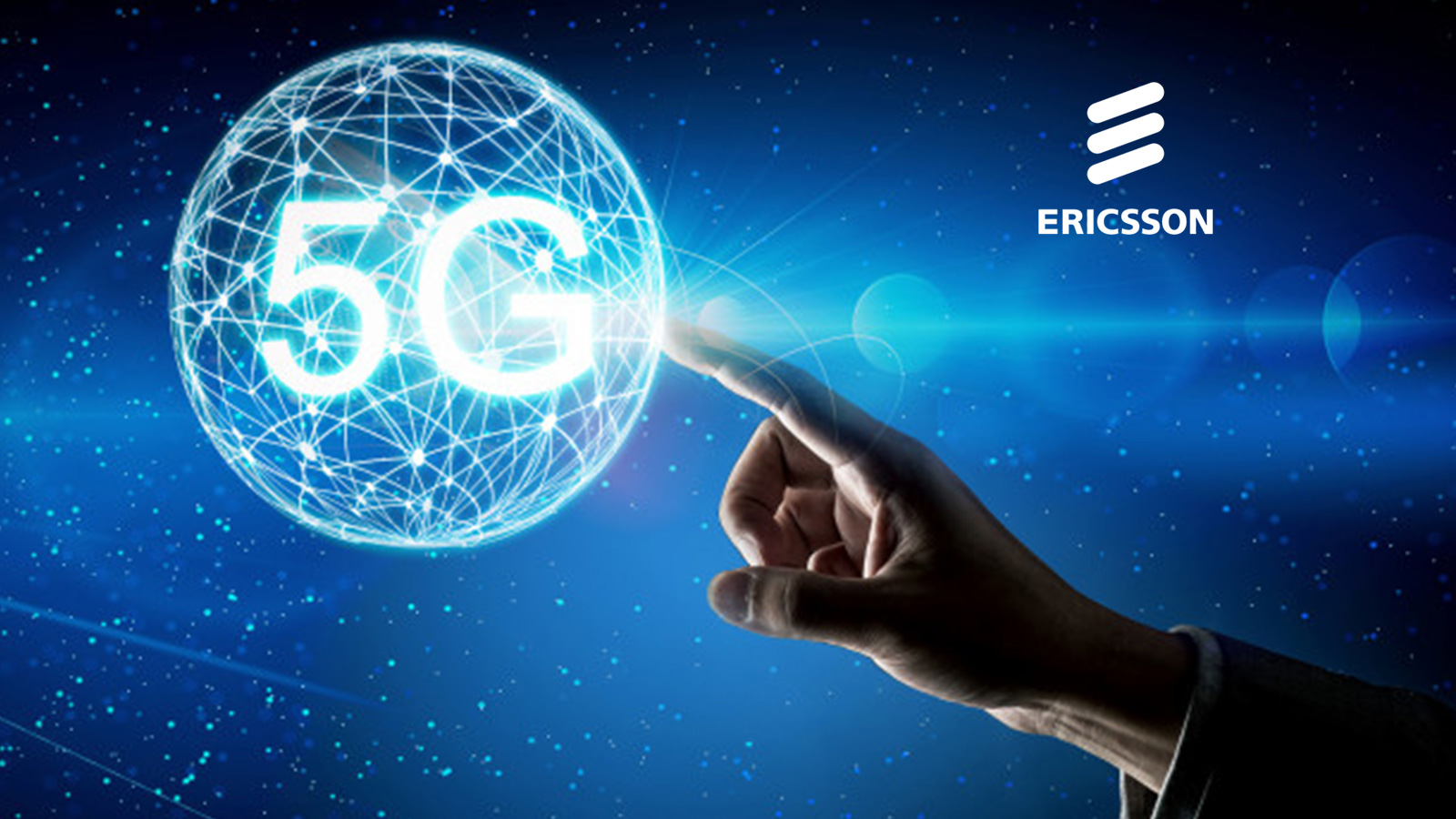
The gaming industry is currently undergoing a revolutionary transformation, driven by the intersection of 5G cellular networks and the rise of cloud gaming. In this article, we will explore the myriad advantages of cloud gaming and how the integration of 5G technology addresses crucial challenges, particularly in mitigating latency. Additionally, we will delve into the groundbreaking Low Latency, Low Loss, Scalable Throughput (L4S) standard, shedding light on its role in shaping the future of mobile cloud gaming.
Advantages of Cloud Gaming
Cloud gaming offers a host of advantages that are reshaping the gaming experience for enthusiasts worldwide. One of the most significant benefits is the elimination of storage concerns. Unlike traditional gaming methods that require substantial storage space for large game files and updates, cloud gaming stores and processes games on remote servers. This not only frees gamers from storage constraints but also eliminates the need for expensive hardware upgrades.
Another standout feature of cloud gaming is the instant access it provides. With game files stored remotely and pre-loaded on servers, gamers can dive into their favorite titles without enduring the waiting times associated with local installations. This seamless experience extends to updates, as cloud gaming platforms automatically maintain up-to-date servers, ensuring gamers benefit from the latest patches and enhancements without disruptions.
Cloud gaming also democratizes access to high-end gaming experiences by eliminating the need for costly hardware upgrades. Regardless of the device used, gamers can enjoy demanding titles, making gaming more accessible to enthusiasts with varying budgets. The portability of cloud gaming is evident in the ability to play games anywhere, anytime, using smartphones or other portable devices, adding a new dimension to the gaming experience.
The Convergence of Cloud Gaming and 5G
The transformative moment in the gaming industry occurs with the convergence of cloud gaming and 5G cellular service. The enhanced connectivity provided by 5G is instrumental in overcoming one of the key challenges of cloud gaming: latency. As 5G continues to roll out globally, it is poised to make cloud gaming the undisputed future of gaming, offering unprecedented flexibility, accessibility, and a truly immersive gaming experience.
Understanding Latency Challenges in Mobile Cloud Gaming
The dynamic landscape of cloud gaming introduces challenges related to network latency, throughput, and the upgrading of mobile networks. System latency, the delay between input and on-screen movement, becomes perceptible in cloud gaming due to the shift from local connections to internet-based platforms.
Mobile cloud gaming requires stable latency between 40 to 80 ms for a smooth gaming experience. Throughput, particularly on smartphones, plays a significant role, with baseline requirements starting at 15 Mbps for optimal resolution and frame rates.
Addressing Network Latency
The distance between end users and server locations significantly affects network latency. To mitigate this challenge, distributed servers situated closer to users can be instrumental. Placing servers within a service provider’s network provides optimal control over traffic. The integration of 5G technology, coupled with higher frequency bands, contributes to improving latency, laying the groundwork for an enhanced gaming experience. The evolution towards 5G Standalone (5G SA) and network slicing further refines the latency dynamics, promising a future where cloud gaming is seamlessly integrated into the on-the-go gaming experience.
The Role of L4S in Improving Latency
The Low Latency, Low Loss, Scalable Throughput (L4S) standard emerges as a crucial component in addressing latency challenges in cloud gaming. By reducing packet queuing congestion in networks, L4S introduces a setting within packets to adjust traffic flow immediately in the presence of congestion, minimizing buffering delays to single-digit milliseconds. While not yet widely adopted, major networking and ISP companies are involved in its development, paving the way for a more reliable and enjoyable cloud gaming experience.
Adoption and Collaboration for the Future
Though L4S adoption is in its early stages, major players like Comcast, Nokia, and Vodafone have been actively involved in its development. Trials conducted by Comcast with industry giants like Apple, Nvidia, and Valve showcase the commitment to advancing networking standards. Apple’s beta support for L4S in iOS 16 and macOS Sonoma, with plans for wider support in iOS 17, signals a positive trajectory for the adoption of this standard.
As the gaming industry charts its course over 5G networks, the integration of cloud gaming and advancements like L4S is pivotal for unlocking the full potential of on-the-go gaming. The collaboration between industry leaders, the adoption of innovative standards, and the ongoing evolution of 5G technology promise a future where gamers can enjoy a seamless and immersive experience, breaking down barriers and redefining the landscape of interactive entertainment.



